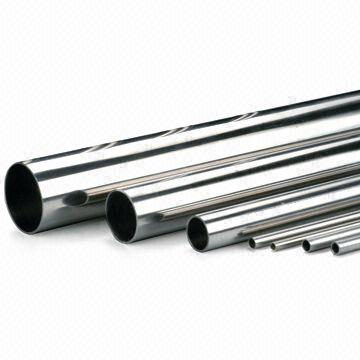Industry News
Defects that may encounter when heating steel materials
Posted: 02/16/2019 14:18:23 Hits: 33
When steel is heated, defects such as oxidation, decarburization, overheating, and overburning may be generated. For reducing and avoiding these defects so as to produce steel products with good quality, one should properly heat the steel material.
Oxidation
When the metal is heated to high temperature, the surface layer will chemically react with oxygen (O2), carbon dioxide (CO2), water vapor (H2O), sulfur dioxide (SO2), etc. in the air and form an oxide scale (iron scale). This phenomenon is called oxidation, and it is also known as a loss caused by burning. The burning loss caused by oxidation is up to 3%-5%. Its formation not only causes waste of steel, but also affects the quality of forgings. In the case of die forging, the oxide scale entering the groove also exacerbates the wear of the forging die and shortens the service life of it. Excessive scale in the furnace will also corrode the refractory materials, reducing the lifetime of the furnace.
The higher the carbon content of the steel, the less scale is formed. Alloy steels containing elements such as chromium, nickel, and aluminum have relatively few scales formed when heating. The higher the heating temperature, the longer the time, and the larger the amount of air supplied, the more scale is produced. Severe burnout will be generated when the steel is heated for a long time. To this end, rapid heating should be used to minimize heating time. When the thin parts are heated, the temperature should not be too high, so as to avoid being scrapped due to serious oxidation and decarburization.
Decarburization
When the steel is heated, the oxide scale is formed, accompanied by the decarburization phenomenon, which is the oxidation of carbon in steel. Decarburization occurrence is related to the chemical composition of the steel, the heating temperature, the heating time and the gas in the furnace. The more carbon content, the deeper the decarburization layer. This is because the carbon inside the steel can be diffused to the surface to supplement the removed carbon on the surface. Tungsten, aluminum and other elements in the steel will thicken the decarburization layer as well, while the decarburization phenomenon will be less severe when the steel materials contain chromium. Decarburization begins to occur at temperatures between 800 and 850 °C, and becomes more severe as the heating temperature and time increase. When there is an oxidizing flame in the furnace, the decarburization effect is relatively strong. On the contrary, when there is a reducing flame, the steel materials are not easy to decarbonize. Therefore, the furnace is required to maintain a reducing flame heating.
After decarburization, the surface of the steel becomes soft, and the strength and wear resistance of the steel are lowered, especially the cutting edge part of the cutting tool is more sensitive, which can significantly reduce the quality of it. So steel with severe decarburization will crack when being forged.

Post URL: https://www.landeepipe.com/defects-that-may-encounter-when-heating-steel-materials.html
Landee Pipe is a professional
industrial pipe manufacturer based in China, we have been producing pipe for a variety of applications, and covering areas of pipe manufacturing, exporting and trading. welcome to access our website: https://www.landeepipe.com.


